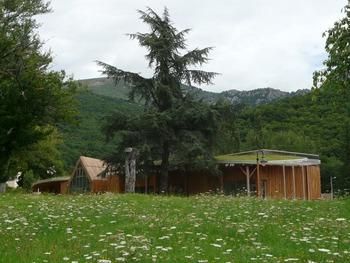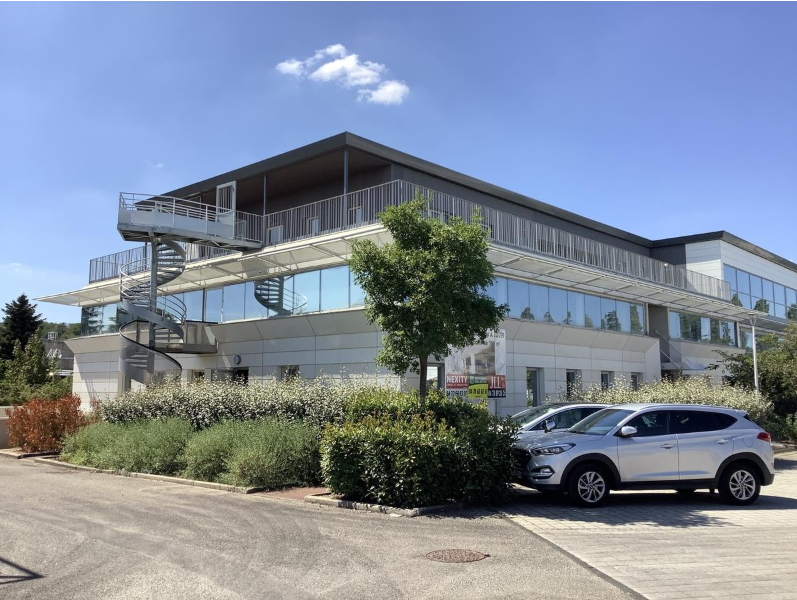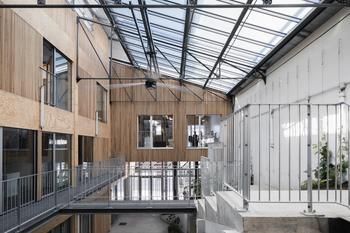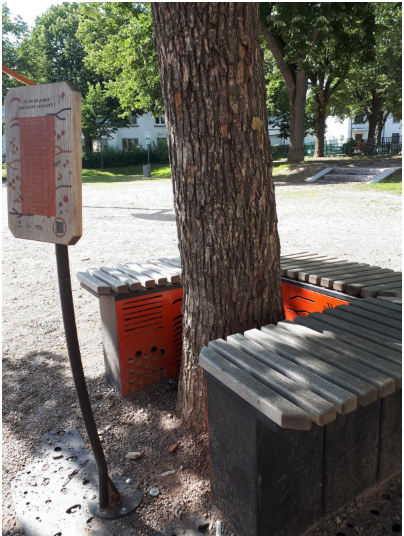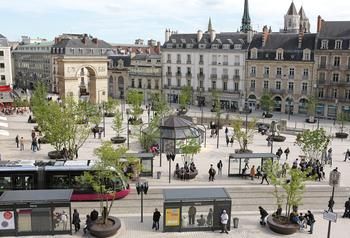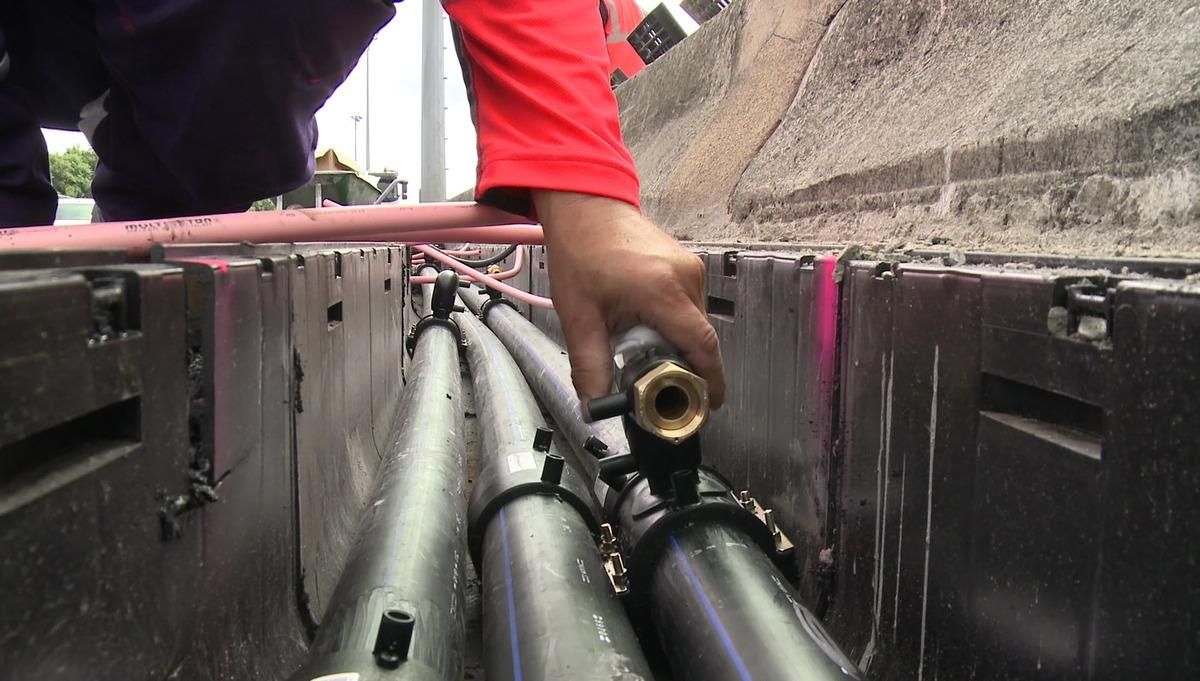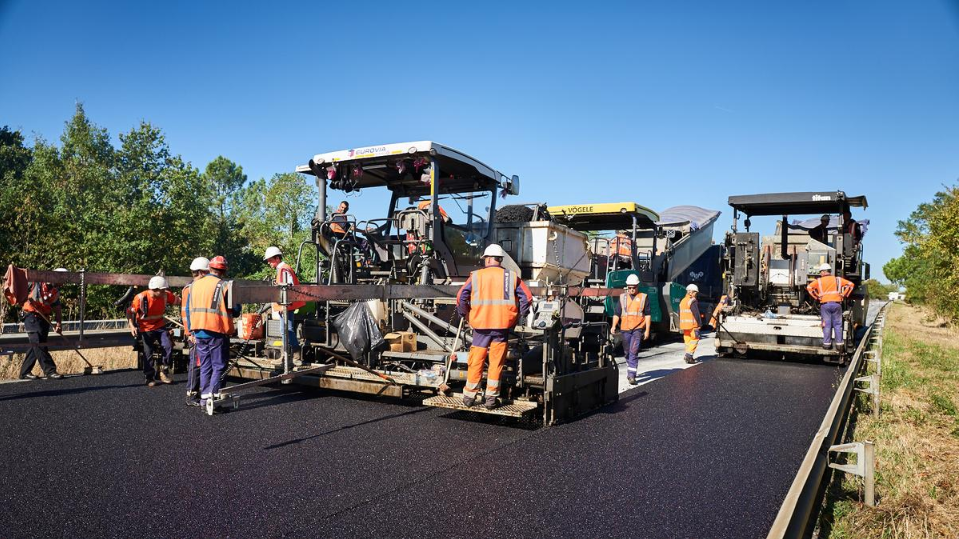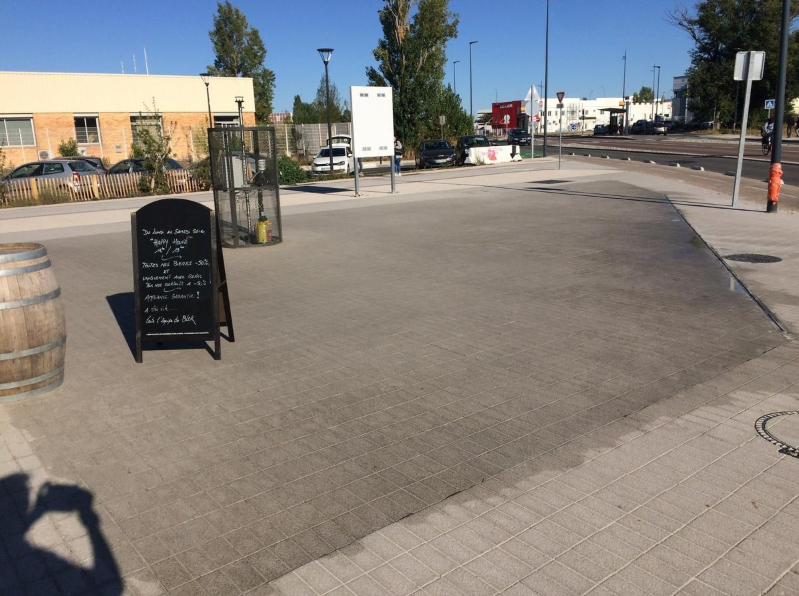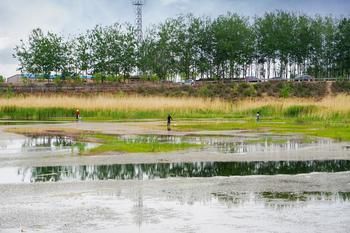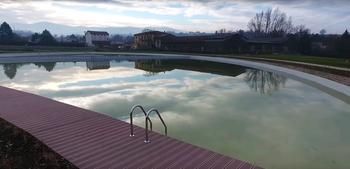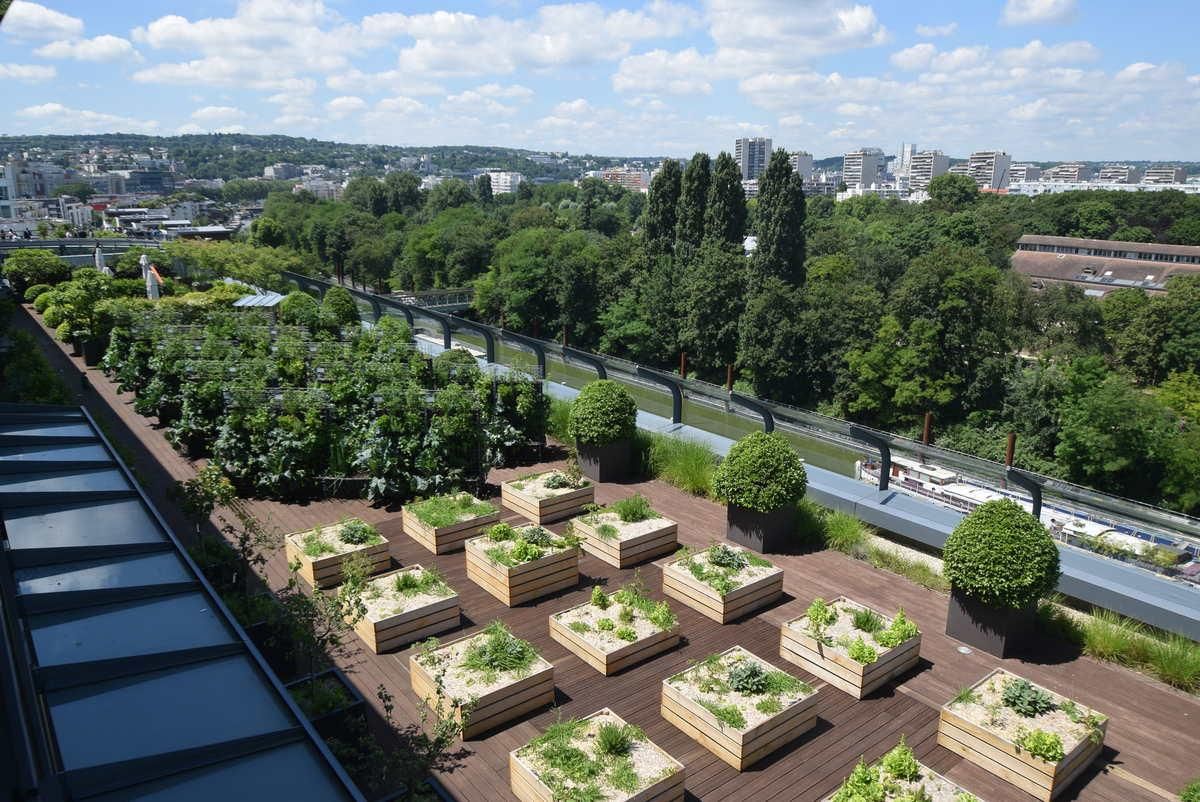GSA Trends 2019 #6 Urban solutions and the urban environment
Construction21 - La rédaction
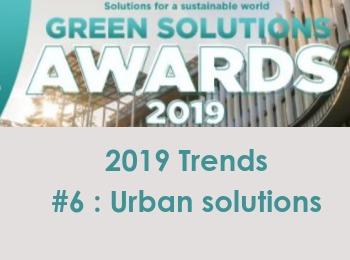
We often speak wrongly of sustainable cities, forgetting that any construction, whatever its scale, is part of a whole from which it is inseparable. In 2019, a clear trend is emerging, namely to take into account the spatial, but also economic, social and sociological environment of the places to build even more sustainable. This is in order to integrate the building as well as possible into the city and the city within a territory on which it exerts pressure/influence.
6.1. Taking into account the immediate environment
The consideration of the urban environment is an increasingly strong trend in the Green Solutions Awards. Designers and builders are not only concerned with linking their buildings to the urban or natural environment. Thus, linking the building to a soft transport system is a frequent choice, which also makes it possible to do without expensive parking spaces from a financial and environmental point of view. This consideration of the environment can also be a choice to blend the building into the landscape or create a safe place for occupants, for example by providing road infrastructure that limits vehicle speed, as in the case of the positive energy green city.
Positive energy vegetal school campus
6.2. Land: an important aspect of the urban environment
A strong trend in this edition is the desire to integrate the projects into the economic reality of the places by taking into account the land issue. The Pop-Up Dorms in Vienna, Austria is the perfect expression of the latter. Designed as a modular and movable building, it allows students to be housed as close as possible to educational institutions in temporary locations. Land is therefore not acquired but used in the form of a loan. This importance of land is also palpable in the current choice to raise buildings (Green Box on the roof project) or to reoccupy abandoned sites after major rehabilitation, as in the CAUE headquarters in Gironde.
Pop-Up Dorms
https://www.construction21.org/case-studies/h/popup-dorms.html
Green Box on the Roof
CAUE headquarters in Gironde
6.3. Infrastructure increasingly linked to buildings
Finally, on the infrastructure side, the connected city is becoming a reality on OnDijon and low-tech solutions are also emerging, such as the insect refuge bench. Extensive reflection is also underway on road asphalt recycling and energy production through roads, with no less than three case studies proposed on the subject.
The "sponge city" is also an issue that we find, with a case study proposing to transform paved squares into areas of absorption and reinjection of water when cooling is necessary. While this alone cannot identify a trend, it is part of a broader phenomenon consisting of very different case studies.
Refuge Bench
OnDijon, smart metropolis
https://www.construction21.org/france/infrastructure/fr/ondijon-metropole-intelligente.html
POWER ROAD® by Eurovia
The 100% recycled road
Smart pavers to refresh from rainwater
6.4. Reduce the city's impact on the territory and adapt it in a sustainable way
This is perhaps one of the strongest trends in this year's Green Solutions Awards. It is both highly represented and international. Taking into account the weight of the city on the territory in which it is part results in regeneration projects (renovation or rehabilitation, one might say) of the areas affected by its current or past activities. Thus, goes the Chinese project Changyuan River Wetland Natural Park. For its part, a project such as the Lorette natural swimming project is part of a reflection on the sustainable aspect of massive leisure activities.
Finally, an opposite phenomenon, that of restoring nature to its place in the city, is emerging. Greening is one of the aspects of this, as is urban agriculture, that BNP Real Estate wishes to extend to most of its buildings.




